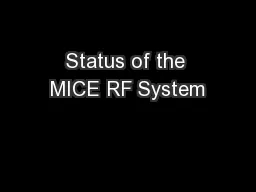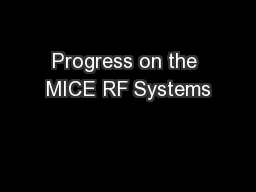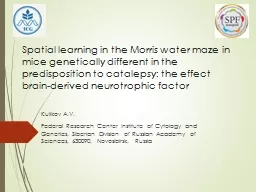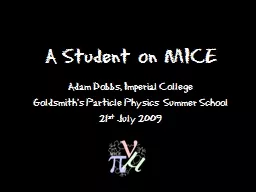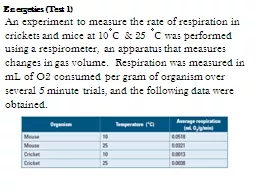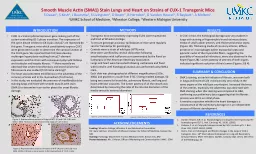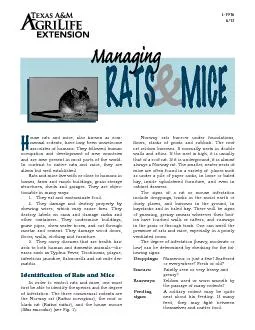PPT-Status of the MICE RF System
Author : trish-goza | Published Date : 2017-07-27
K Ronald University of Strathclyde For the MICE RF team 1 MICE Project Board 17th April 2015 Content 2 Redesigned distribution network Change from STEP V design
Presentation Embed Code
Download Presentation
Download Presentation The PPT/PDF document "Status of the MICE RF System" is the property of its rightful owner. Permission is granted to download and print the materials on this website for personal, non-commercial use only, and to display it on your personal computer provided you do not modify the materials and that you retain all copyright notices contained in the materials. By downloading content from our website, you accept the terms of this agreement.
Status of the MICE RF System: Transcript
Download Rules Of Document
"Status of the MICE RF System"The content belongs to its owner. You may download and print it for personal use, without modification, and keep all copyright notices. By downloading, you agree to these terms.
Related Documents

